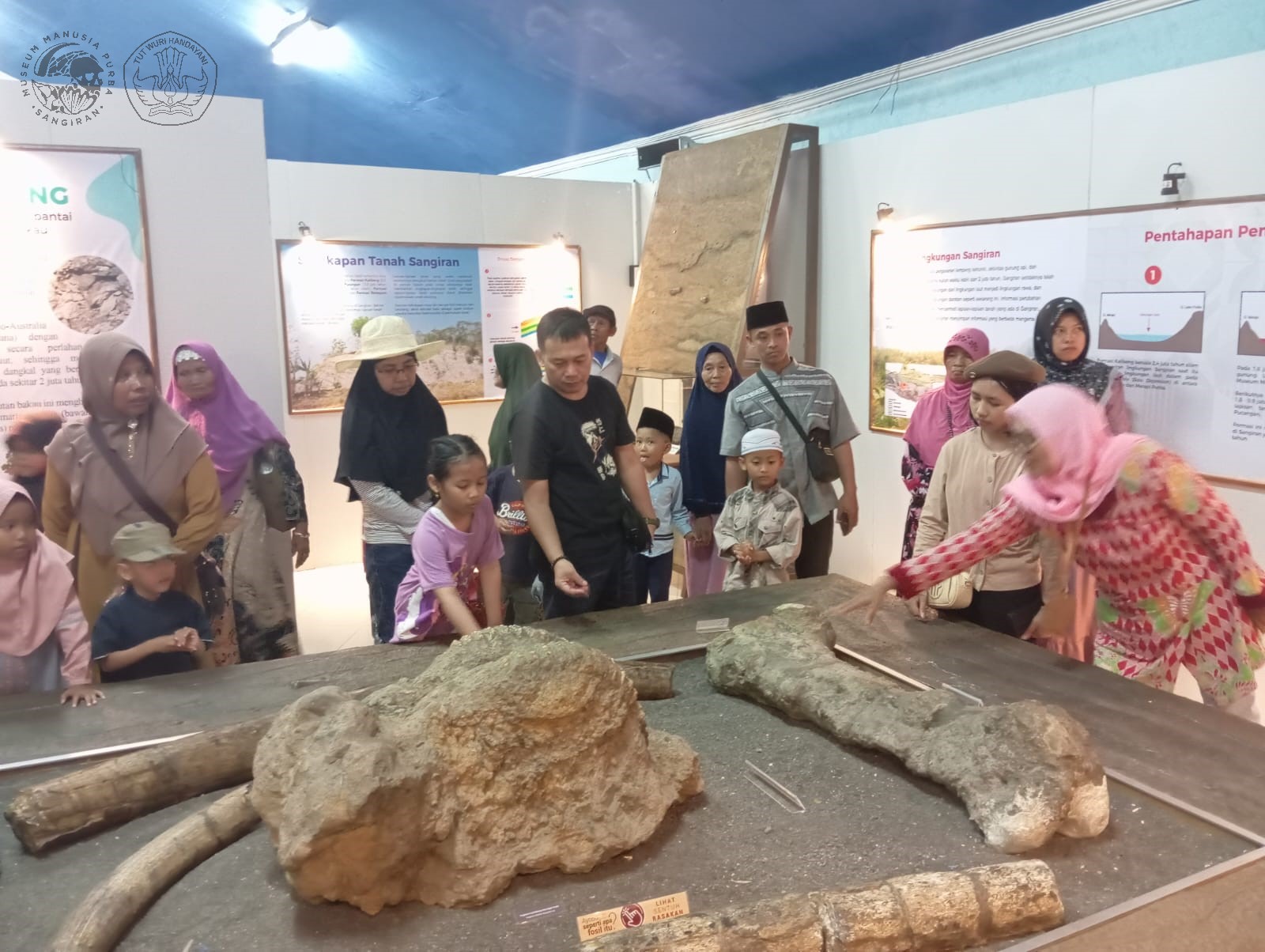The name of the buto ball known to the Sangiran community before Koenigswald’s arrival was a story that was told from generation to generation by the people at that time. Balung buto is a term in Javanese, balung means bone while buto means giant. Thus, the balung buto literally means giant bone.
The myth of the balung buto community at that time became a perception that was inherent in the minds of every society both old, teenagers and children. They believe that the bones that have become fossils are giant bones that were killed in a major battle. A big battle between the giants with Raden Bandung.
Raden Bandung with a giant led by King Tegopati. Sangiran people believe in the myth which tells of a great battle between knights named Raden Bandung with a giant led by Raja Tegopati. The big battle that took place in the hilly hills of Sangiran was very fierce. The fierce battle was described by the many giants who died and then buried in the hills. Therefore, fossils that have large size appear on many slopes of the hills of Sangiran called balung buto. (Sulistyanto: 2003)
Besides in a form of stories passed down from generation to generation, this myth is also enshrined in the form of names of regions in the Sangiran region but today many young generations have not known about this myth. The myth of the buto ballroom has begun to no longer be a fairy tale when parents tell their children when they are going to sleep at night. The myth of the balung buto can only be found in books and other writings on the internet and the younger generation in Sangiran does not get it from their parents.
Fossils which are widely spread in Sangiran which were previously considered sacred objects, function as medicine, magical objects and also used as amulets have been interpreted as fossil remains of the era. (Wiwit Hermanto) translated by: Mutiara Sholikah




